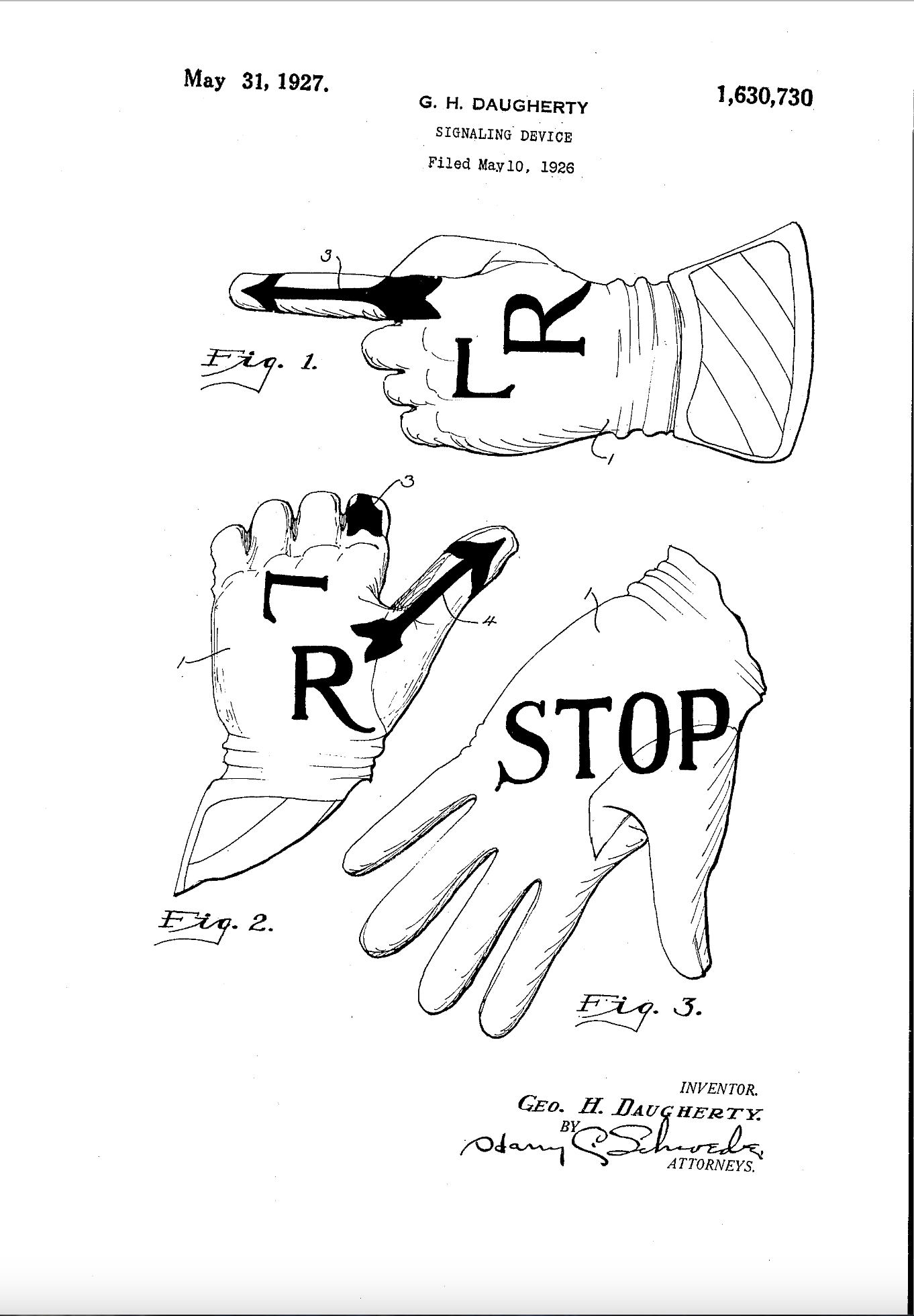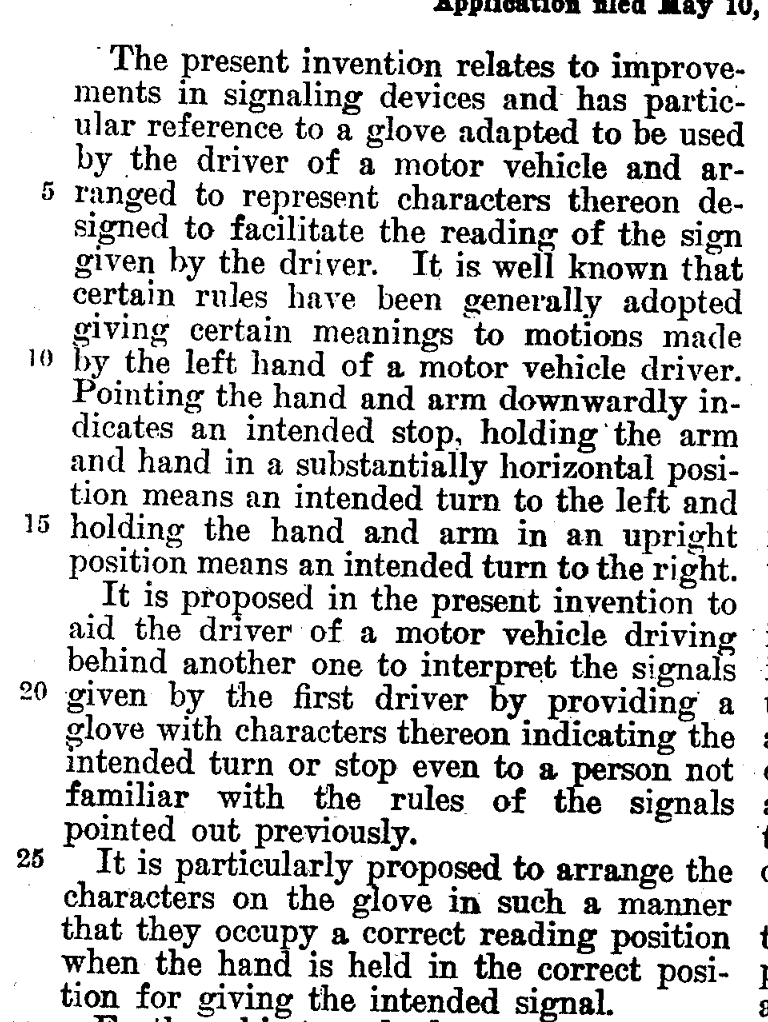Signage
Monument to the Unelected
The front yard of a Phoenix home displays campaigns signs of major candidates who have lost a presidential election, including failed candidates of yesteryear such as James G. Blaine and Winfield Hancock.The signs are the work of artist Nina Katchadourian who calls it the "Monument to the Unelected." She's been creating it (and finding homes to host it) every presidential election cycle since 2008. On her website she explains:
More info: smoca.org, AZFamily.com


Posted By: Alex - Sat Oct 26, 2024 -
Comments (3)
Category: Art, Politics, Signage
Heraldry of Fish
All that you'd ever want to know about fish, as they pertain to heraldry.Available to read via archive.org.



Posted By: Alex - Sun Sep 15, 2024 -
Comments (1)
Category: Signage, Fish, Books, Nineteenth Century
Miss Electric Sign
The primary job duty of Miss Electric Sign was to endure being dangled from a crane beside electric signs.But she also had to sing the anthem of electric signs:
What would everyone do if there were no bright lights?
Would our nation be grand if signs weren't there to show the proper way to everyone in this land?

Time - Mar 25, 1966

Lancaster Eagle Gazette - Sep 19, 1966
Posted By: Alex - Sat Jun 15, 2024 -
Comments (0)
Category: Awards, Prizes, Competitions and Contests, Signage, 1960s
Special Driver Gloves for Signalling
Full patent here.

Posted By: Paul - Sat Mar 02, 2024 -
Comments (0)
Category: Inventions, Patents, Signage, 1920s, Cars
Nudist Crossing Ahead
1965: The police ordered Bernard Patenaude to taken down his "Warning, nudist crossing ahead" sign, claiming that it was an illegal form of traffic regulation. (If that's so, wouldn't those "Slow, children at play" signs found all over the place also, technically, be illegal?)
Hartford Courant - Sep 14, 1965

Alliance (Neb.) Daily Times Herald - Nov 2, 1965
Posted By: Alex - Thu Jul 27, 2023 -
Comments (0)
Category: Signage, Nudism and Nudists, 1960s
Welcome To Gila Bend
I've driven through the small town of Gila Bend many times, because it's on the road between Phoenix and San Diego which I drive fairly often. But I only recently realized that it has a weird welcome sign: "Gila Bend welcomes you. Home of 1917 friendly people and 5 old crabs."The 5 old crabs are listed: Earl Carpenter, Clyde Kreeger, Scott Smith, Peggy Perry, and Pat Lauderdale.
From Wikipedia:

Posted By: Alex - Sun Mar 12, 2023 -
Comments (4)
Category: Signage, Billboards, Arizona
Stinker Station Signs
Stinker Stations were (and still are) a chain of gas stations in Idaho. Their corporate symbol was a skunk. During the 1950s they adopted an oddball advertising campaign which involved posting yellow signs with strange messages along the side of roads. Most of the signs were removed after the passage of the Highway Beautification Act in 1965.More info: Vintage Everyday




Posted By: Alex - Mon Mar 08, 2021 -
Comments (3)
Category: Signage, Billboards, Advertising, 1950s, 1960s
All Are Welcome
There's been controversy recently in the town of Groton, Massachusetts over eight stone markers that were installed on roads leading into the town engraved with the phrase "Town of Groton — All Are Welcome."Some citizens expressed concern that the phrase might be taken literally, and that "those with a criminal or terrorist background" might feel they were being invited in. Others worried that it was some kind of veiled political message, implying the town intended to become a sanctuary city for immigrants and refugees. There was a suggestion that the markers be replaced with ones that simply said 'Welcome.'
It looks like the critics have been silenced for now and the stone markers will remain where they are.
More info: Boston Magazine

Posted By: Alex - Thu Oct 26, 2017 -
Comments (12)
Category: Signage
Cats Eyes Removed
The Suffolk County Council has decided to get rid of the road signs that warned motorists, "Cats Eyes Removed." Too many people, especially tourists, thought the signs were warning of the imminent blinding of felines, instead of referring to the reflective road markers known as 'cats eyes.'The new signs will read, 'Caution - Road Studs Removed.' Though locals are complaining about that because none of them have ever heard of a 'road stud.'
More info: express.co.uk

Another potentially confusing UK sign — the ones that warn of 'Humped Zebra Crossing.'

Posted By: Alex - Mon Aug 21, 2017 -
Comments (4)
Category: Signage
Yuma Swastika Bridge
I spent New Year's Day in Yuma, Arizona, where I had a chance to see a local oddity — the Swastika Bridge, which can be found out in the desert just north of the city.According to local legend, the swastikas were carved into the bridge by German POWs held nearby during WWII. Another story has it that the bridge was designed by the Nazis and shipped to Arizona from Germany.
The reality is that the bridge was built in 1907 by the U.S. Reclamation Service. The engineers decorated it with swastikas after seeing similarly designed and decorated bridges during a trip to India.
The bridge was part of the larger effort to dam the Colorado River and create an agricultural oasis around Yuma.
More info at the Yuma Sun or smoter.com.
And you can find a lot of other examples of the pre-Nazi use of swastikas in American culture at the American Swastika blog.


Posted By: Alex - Sat Jan 07, 2017 -
Comments (3)
Category: Buildings and Other Structures, Evil, Signage, Arizona

| Who We Are |
|---|
| Alex Boese Alex is the creator and curator of the Museum of Hoaxes. He's also the author of various weird, non-fiction, science-themed books such as Elephants on Acid and Psychedelic Apes. Paul Di Filippo Paul has been paid to put weird ideas into fictional form for over thirty years, in his career as a noted science fiction writer. He has recently begun blogging on many curious topics with three fellow writers at The Inferior 4+1. Contact Us |




